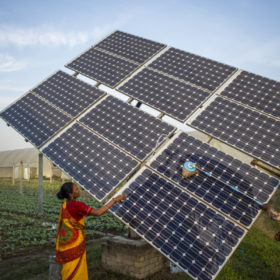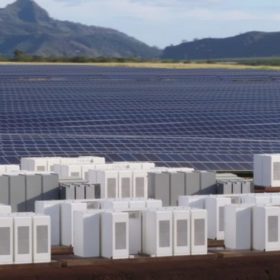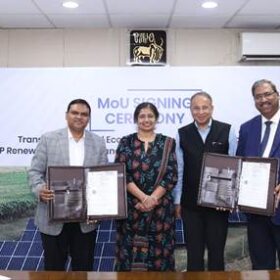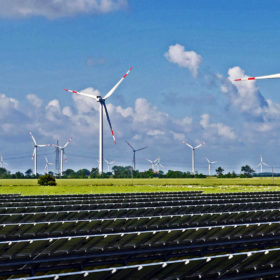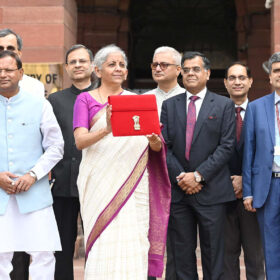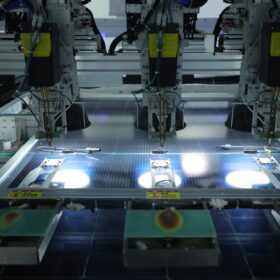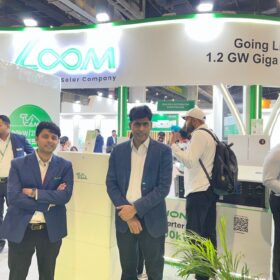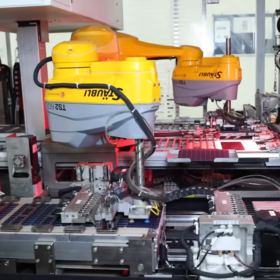World Nature Conservation Day
The integration of renewable energy in agriculture plays a significant role in combating climate change. It aligns with global efforts to transition towards sustainable practices and reduce environmental impact.
REC posts its highest Q1 profit of INR 3,442 crore
REC has reported total income of INR 13,037 crore and net profit of INR 3,442 crore for April-May-June quarter of FY 2024-25.
SECI allocates 630 MW renewables-plus-storage at average price of $0.059 /kWh
The winning developers will set up renewable energy projects backed with energy storage system to supply a cumulative 630 MW of firm and dispatchable renewable power in a demand-following manner.
Sterling and Wilson Renewable wins 1 GWh battery storage, 20 MW floating solar projects
Sterling and Wilson Renewable Energy Ltd has secured the EPC contracts for a 1 GWh standalone battery energy storage project in Rajasthan and a 20 MW floating solar plant in Karnataka.
SJVN secures 2.4 GW pumped storage project in Mizoram
SJVN has received a Letter of Intent for developing a 2.4 GW pumped storage project in Mizoram. The pumped storage project has been proposed across Darzo Nallah, a tributary of Tuipui river.
Fluence expands digital services center for energy storage assets
Fluence has set up a new remote monitoring and diagnostics center in India. The center leverages digitization, artificial intelligence, and Fluence’s Nispera asset performance management software to help deliver value to energy storage owners.
Tata Power’s microgrid arm partners with National Dairy Development Board to solarize milk value chain
TP Renewable Microgrid Ltd and National Dairy Development Board will collaborate to enhance sustainability and operational efficiency within the milk value chain. This includes the solarization of dairy cooperative societies, bulk milk coolers, and milk chilling centers, facilitated by solar microgrid technology.
The role of hydrogen electrolysers in sustainable energy
Hydrogen electrolysers are emerging as key players in grid balancing and energy storage strategies worldwide. By converting excess renewable electricity into hydrogen during periods of low demand, electrolysers offer a scalable solution to store energy for later use.
Budget 2024-25: Key highlights and analysis
Employment creation and skill development have been at the core of this budget. While there is a lot of emphasis on skill development, there needs to be an emphasis on how money is allocated for skilling and reselling of people for the clean energy sector.
Budget 2024-25: India imposes customs duty on solar glass imports, exempts equipment for cell and module manufacturing
Import of solar glass will attract 10% customs duty from October. Further, the list of exempted equipment for solar cell and panel production has been expanded.
